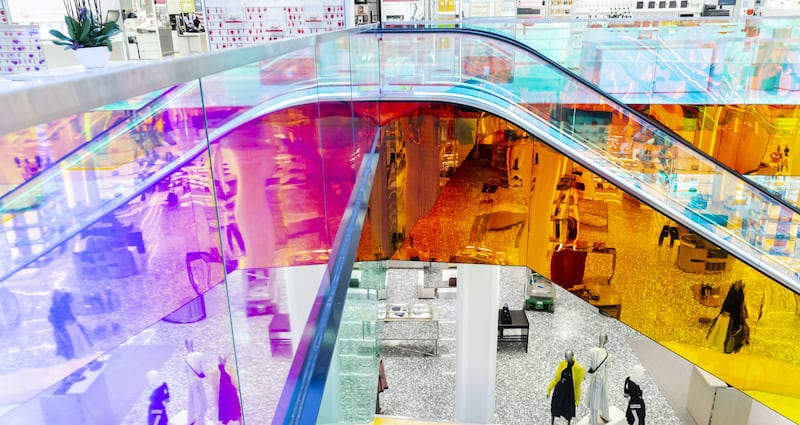
The Business of Fashion
Agenda-setting intelligence, analysis and advice for the global fashion community.

Agenda-setting intelligence, analysis and advice for the global fashion community.

The author has shared a YouTube video.
You will need to accept and consent to the use of cookies and similar technologies by our third-party partners (including: YouTube, Instagram or Twitter), in order to view embedded content in this article and others you may visit in future.
NEW YORK, United States — Well before the pandemic hit, multi-brand retailers, and the designers who partner with them, were already grappling with the direct-to-consumer boom and growing importance of e-commerce.
However, the business of wholesale — or selling your product to a third party, like a department store, to distribute — is not a lost cause, according to Ami Paris Chief Executive Nicolas Santi-Weil and Altuzarra Chief Executive Shira Sue Carmi. In a #BoFLIVE conversation with BoF's Lauren Sherman and Chantal Fernandez, presented by Afterpay, they outlined the positives and negatives of the approach. While not without their challenges, wholesale partnerships can help emerging brands with distribution and customer service while building brand awareness in new markets. However, said Santi-Weil, "one of the biggest challenges is [maintaining] the consistency of your own brand" across all channels — in terms of both merchandising and pricing. To that end, Carmi added, "what's really important for brands to remember is that you cannot outsource your relationship to the customer… if you don't own that relationship, that's where you're missing out."
To participate in #BoFLive, BoF’s digital events series offering insight, advice and inspiration, visit our calendar where you can find details of upcoming digital events.
The company, under siege from Arkhouse Management Co. and Brigade Capital Management, doesn’t need the activists when it can be its own, writes Andrea Felsted.
As the German sportswear giant taps surging demand for its Samba and Gazelle sneakers, it’s also taking steps to spread its bets ahead of peak interest.
A profitable, multi-trillion dollar fashion industry populated with brands that generate minimal economic and environmental waste is within our reach, argues Lawrence Lenihan.
RFID technology has made self-checkout far more efficient than traditional scanning kiosks at retailers like Zara and Uniqlo, but the industry at large hesitates to fully embrace the innovation over concerns of theft and customer engagement.